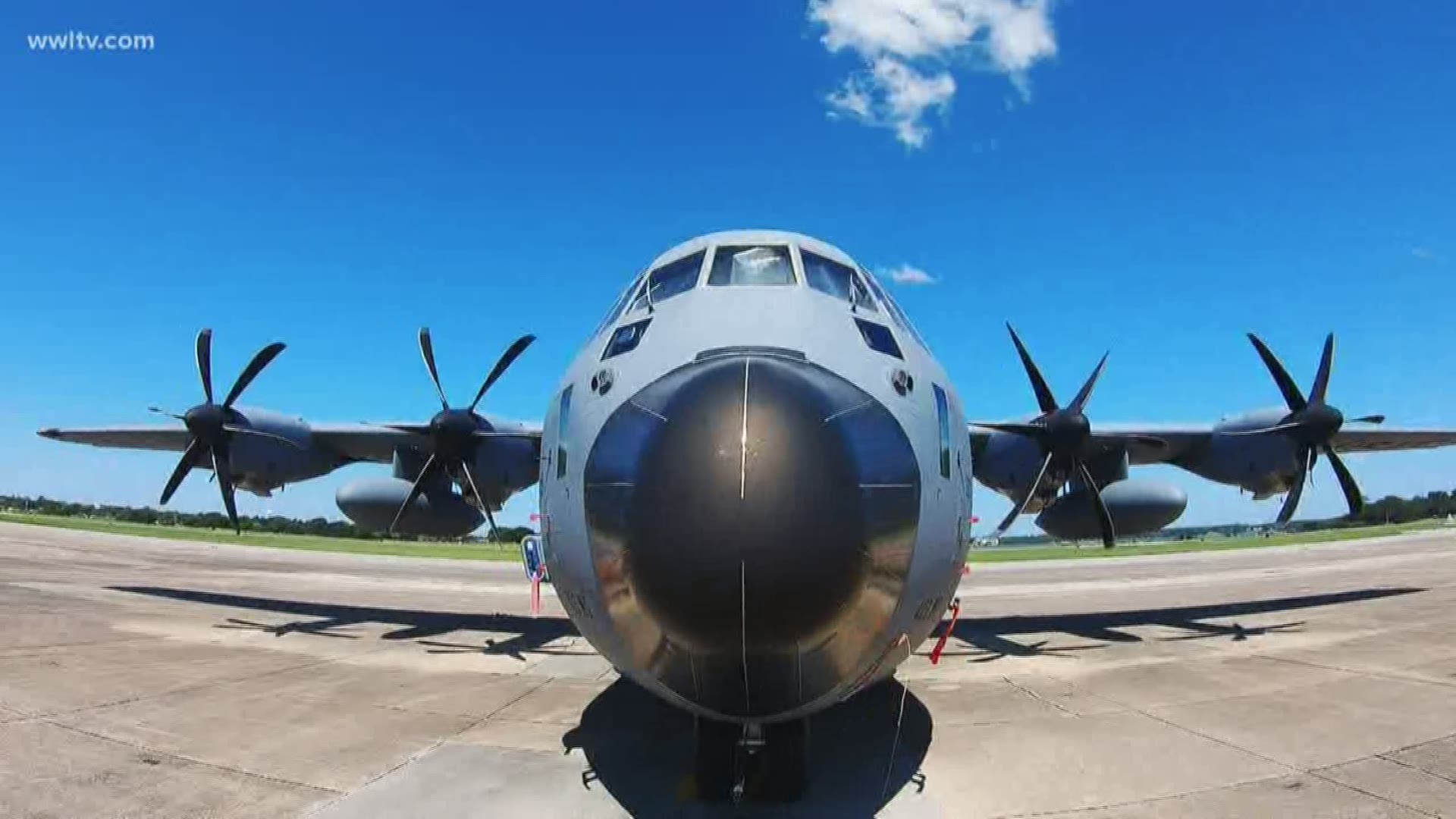BILOXI, Miss — There is a lot of information about Hurricane Dorian as it slowly meanders along the eastern coast of the United States.
But none of the information about its changing location and conditions would be possible without the work of the Hurricane Hunters, a group of about 100 Air Force reservists who fly straight into tropical weather that could threaten you.
“We are it. We are the only operational unit in the world that does this and it’s all right here on the Mississippi Gulf Coast,” said Lt. Col. Sean Cross. “Flying in a hurricane is very dangerous. Ships avoid it, everybody avoids it, everybody evacuates. And here we are in the 150,000-pound aircraft.”
There are only 10 WC-130J’s in the world that can do this job -- and they’re all at Keesler Airforce Base in Biloxi.
The Hurricane Hunters have worked non-stop recently thanks to Dorian.
“We’ve been flying around the clock since last Monday,” Cross said.
RELATED: Category-2 Hurricane Dorian edges closer to Florida; Tropical Storm Fernand forms in the Gulf
Cross is from New Orleans but calls the Gulf Coast home these days. You might say his second home is the eye of the storm with more than 150 flights to his credit.
“It is a little nerve-wracking at times. The older I get now as I approach retirement, I start to ask myself, ‘Why am I doing this?’”
Story continues below video
But that’s more of a rhetorical question. He knows the work he and his counterparts do can literally save lives.
“Whether it’s ‘tropical trash’ as we call it when it’s trying to get its act together and become a hurricane all the way up to a Category 5, we fly the storm the same way for any type of storm that’s out there,” Cross said.
During missions, crew members drop up to 24 special weather devices called dropsondes to collect a myriad of information about any storm that could threaten land.
“Every 10 feet, it’s taking a snapshot of temperature, pressure, winds and humidity,” Cross said. “They (the National Hurricane Center) plug that information into the models to make that forecast model 25 percent more accurate due to the information we’ve collected inside the storm.”
Cross’ time in the air has cemented one thought in his mind after seeing firsthand the awesome power of nature from his unique vantage point.
“I’ve been doing this a long time. I’ve ridden out storms on the ground and I’ve flown through a lot,” Cross said. “I will fly through a hurricane any day before I ride one out on the ground if that puts it into perspective for you.”
4 THINGS TO KNOW NEWSLETTER
► Stay in the know with Southeast Louisiana's top stories to start your workday. Sign up for the 4 Things to Know email newsletter to get headlines delivered to your inbox. Click here to sign up!

